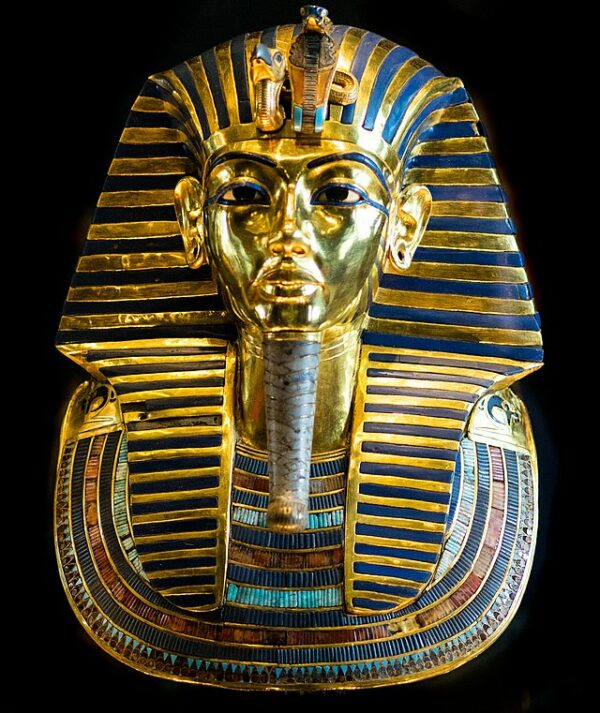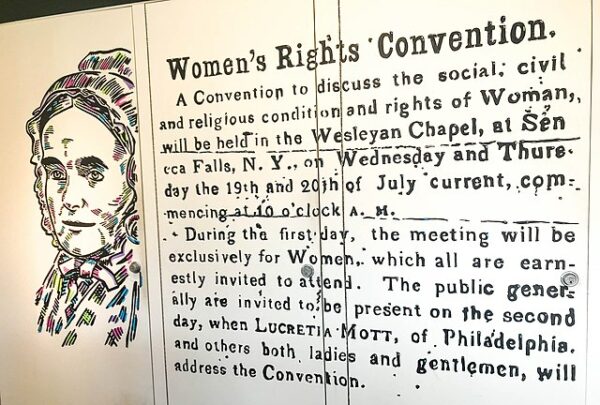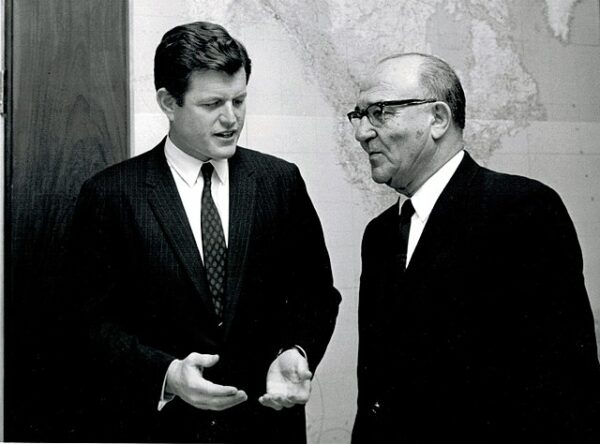Howard Carter’s discovery of the tomb of the Egyptian pharaoh Tutankhamen is one of the most famous archaeological findings in history. The story begins in 1922 when Carter, an experienced archaeologist, and his team were excavating the Valley of the Kings in Luxor, Egypt. Many tombs had been uncovered in the valley before, but none could have prepared them for what they were about to find.
On November 4, 1922, after years of fruitless searching and financial struggles, Carter’s team stumbled upon a series of steps leading to an intact burial chamber. The tension and excitement must have been palpable as they entered the chamber, not knowing what lay inside. When they finally opened the sealed door, they were met with an astonishing sight – a treasure trove of priceless artifacts and the intact burial of King Tutankhamen. This was a moment of awe-inspiring historical significance and changed modern Egyptology forever.
The contents of Tutankhamen’s tomb were nothing short of astonishing. The burial chamber was filled with a wealth of artifacts, including golden treasures, intricate jewelry, chariots, furniture, and a beautifully preserved mummy of the young pharaoh. The discovery provided invaluable insights into the art, culture, and history of ancient Egypt. Tutankhamen’s reign, previously overshadowed by his more prominent predecessors, came to light, shedding new light on the 18th Dynasty of Egypt.
Carter’s discovery of Tutankhamen’s tomb is a testament to his dedication and perseverance as an archaeologist. It marked a turning point in Egyptology, captivating the world with the wonder of ancient Egypt. The excavation and subsequent study of the tomb have deepened our understanding of Egyptian history and continue to inspire fascination and exploration of the rich heritage of this ancient civilization.






